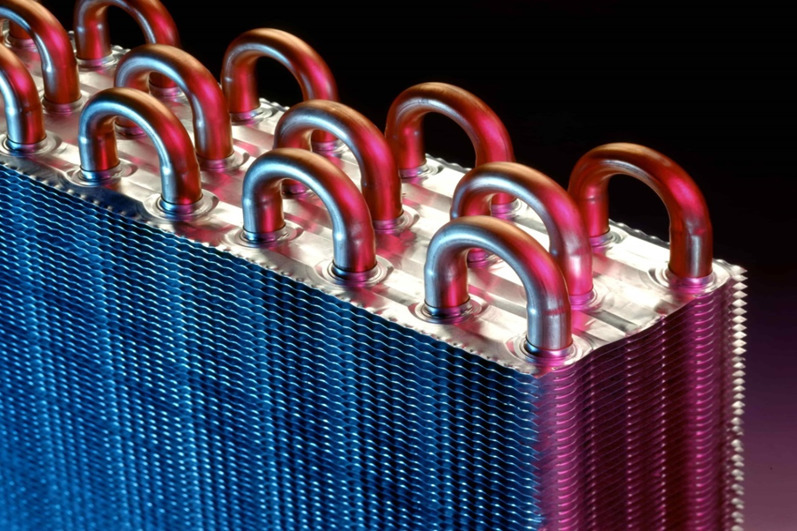Heat exchange is a critical process in many industries, ranging from power plants to HVAC systems. Efficient microchannel heat exchanger play a crucial role in optimizing energy consumption and reducing costs. In this article, we will explore some of the most common and effective heat exchange methods used today.
1. Counterflow Heat Exchangers
A counterflow warmth exchanger is designed to maximise the effectivity of warmth transfer by allowing fluids to flow in opposite instructions. This method creates a big temperature difference between the chilly and hot fluids, resulting in a higher heat transfer fee. It is often utilized in purposes corresponding to air con methods and refrigeration units.
2. Crossflow Heat Exchangers
Crossflow warmth exchangers are widely utilized in various industries because of their simplicity and effectiveness. In this method, two fluids flow perpendicular to every other, allowing for efficient warmth transfer. The advantage of crossflow heat exchangers is their ability to deal with large volumes of fluid with comparatively low stress drops.
3. Shell and Tube Heat Exchangers
Shell and tube warmth exchangers are one of the most versatile and broadly used types of heat exchangers. They encompass a sequence of tubes enclosed inside a cylindrical shell. One fluid flows through the tubes whereas the opposite flows round them. This design provides a large surface space for heat transfer, making it efficient for high-pressure and high-temperature purposes.
4. Plate Heat Exchangers
Plate heat exchangers are compact and extremely environment friendly, making them ideal for functions the place area is limited. They consist of multiple plates stacked together, creating alternating channels for the chilly and warm fluids. The plates have a large floor space, enabling efficient warmth switch. Plate heat exchangers are commonly utilized in HVAC systems, refrigeration, and food processing industries.
5. Regenerative Heat Exchangers
Regenerative heat exchangers are designed to recuperate and reuse waste warmth from sizzling exhaust gases or process streams. They use a rotating matrix or a onerous and fast mattress of material with excessive thermal capacity to switch warmth between the scorching and cold fluids. This methodology considerably improves vitality effectivity and reduces environmental impact in industries corresponding to power generation and chemical manufacturing.
Efficient warmth change strategies are important for optimizing power consumption, reducing costs, and minimizing environmental impact. By implementing the proper heat trade strategies based mostly on particular requirements, industries can enhance their overall performance and contribute to sustainable practices.


